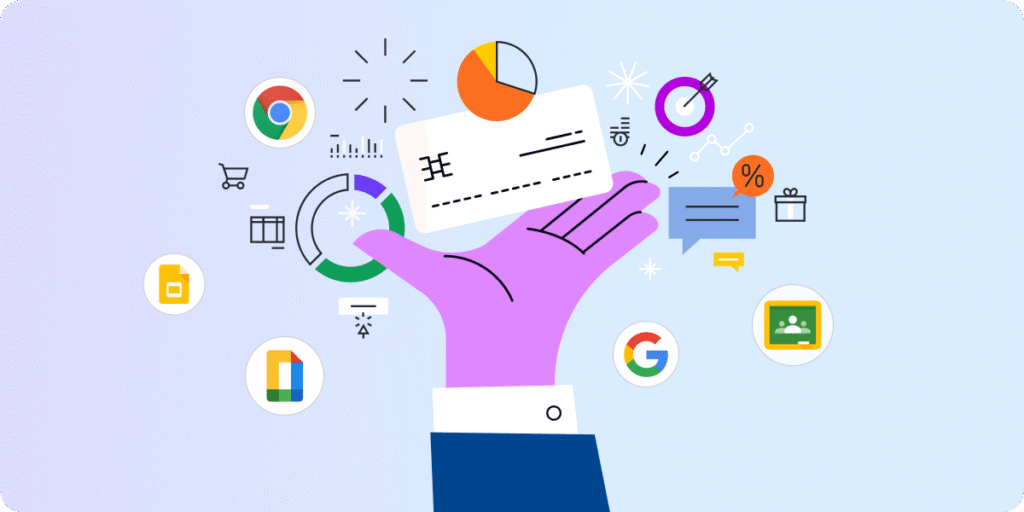“I’m Very Close to Breaking”, The Hidden Reality Behind AI Adoption in Schools
Last week on Reddit, I came across a message from a teacher: “I’m very close to breaking. What can I do?” If you manage Google Workspace for Education, you’ve likely felt the growing tension. Those late-night tickets, lost assignments, and pressure to roll out new tools while teachers are already overwhelmed.
We talk a lot about the promise of AI in education. But in the day-to-day reality, teachers are having brutally honest conversations, and what they actually need might not align with what’s being pushed.
What Teachers Are Really Saying About AI in Education
Here are just a few real quotes from a Reddit thread asking how schools can support teachers better:
“Try to decrease administrative workload… admin work for teachers has increased considerably over the last 15 to 20 years, but classroom time stays the same.”
“Let us teach. And give us time to plan the teaching.”
“Reduce administrative paperwork.”
It’s clear: teachers aren’t looking for flashy AI features. They want less friction. And while AI has genuine potential to reduce workload, many tools being adopted still create confusion, mistrust, and new administrative headaches for Google Workspace admins.
The AI Promise vs. the Reality of Managing AI in Google Workspace for Education
Right now, AI in education is accelerating fast. We’re seeing everything from smart content generators, like Gemini’s ‘Help me write’ in Docs, to AI-powered image generation for presentations in Google Slides.
What AI is delivering:
- – Instant differentiation of assignments
- – Automated parent communication drafts
- – Real-time student writing feedback
- – Personalized lesson planning
- – Creative content generation on demand
What we’re dealing with as admins:
- – Teachers asking: “Is this AI-generated content appropriate?”
- – Students using AI to shortcut assignments
- – Parents raising privacy concerns over AI data use
- – No clear visibility into who’s using which AI tools
- – The pressure to support innovation, without compromising security
Here’s the issue: we’re introducing incredibly powerful AI capabilities into classrooms, but many admins are doing it with limited visibility and oversight.
The Google Workspace AI Oversight Gap Keeping Admins Awake
As a Google Workspace administrator, ask yourself these critical questions:
- – Which teachers are using AI tools, and for what?
- – Are students using AI responsibly or misusing it?
- – Is AI-generated content being shared outside the domain?
- – How do we prove compliance when questioned by parents or school boards?
If you’re like most Google Workspace for Education admins, these questions don’t have clear answers. Supporting innovation is one thing; doing it safely at scale within Google’s ecosystem is entirely different.
This is why comprehensive oversight of your Google Workspace environment is no longer optional in the AI era. It’s essential.
Google Workspace for Education AI Management: Best Practices for Schools
Most Google admins are flying blind when it comes to AI usage. While Google offers powerful AI capabilities across Docs, Slides, and Classroom, the oversight tools often fall short for school environments.
These are some best practices we think could help:
Phase 1: Foundation
- Audit current Google Workspace AI capabilities across your domain
- Establish AI usage policies specific to Google Workspace for Education
- Implement monitoring tools for comprehensive oversight
- Train key staff on both AI capabilities and administrative controls
Phase 2: Controlled Rollout
- Select pilot teacher groups comfortable with Google Workspace tools
- Monitor usage patterns within Google’s educational environment
- Document real-world results and adjust policies based on actual usage
- Gather feedback from teachers and students using AI in Google Workspace
Phase 3: Scaled Implementation
- Expand access gradually based on demonstrated responsible use
- Share success stories and best practices across your organization
- Continuously refine AI policies based on evolving Google Workspace capabilities
- Maintain comprehensive oversight: as usage grows, admins need tools that help support teachers in using AI in secure, classroom-safe ways.
While native Google tools offer little visibility, GAT Labs offers Taskmaster, an AI-enhanced tool that helps educators manage assignment integrity and student work patterns.
From One Google Workspace Admin to Another: The Real Talk
Successful edtech adoption isn’t about feature sets. It’s about change management, teacher support, and having robust systems in place for Google Workspace administration.
AI can absolutely transform education, but only when implemented with proper oversight within Google Workspace for Education environments.
Here’s what’s working for forward-thinking districts:
- – Start with pilot groups of tech-comfortable teachers
- – Monitor usage to see what tools are gaining traction
- – Develop policies that support innovation with clear boundaries
- – Adapt based on actual usage, not vendor claims
Districts that have visibility and control will lead the way. The rest? Risk of being overwhelmed by tools they can’t fully manage.
Your Next Step: Google Workspace AI Management Assessment
Before your next AI rollout, ask yourself:
Do I have the visibility and controls needed to manage this responsibly?
If there’s any hesitation in your answer, it’s time to see what full Google Workspace oversight really looks like.
Because at the end of the day, it’s not just about enabling new tech, it’s about making sure it actually supports the teachers and students we’re here to serve.
Want to see how other Google Admins are tackling AI oversight with confidence?
Contact GAT Labs for a real-world demo that focuses on the challenges education admins face daily.
Insights That Matter. In Your Inbox.
Join our newsletter for practical tips on managing, securing, and getting the most out of Google Workspace, designed with Admins and IT teams in mind.





